22 x 29 at sight
53 x 45 with frame
In this work entitled The Park, Rudolf Möller depicts a landscape that is both familiar and unsettling. We see trees with elongated and deformed shapes, almost ghostly human silhouettes, melted into a stylized urban setting. The lines are nervous, the contours unstable, and the bright colors clash with each other in a violent contrast. This painting does not seek to faithfully reproduce a real place: it expresses a feeling, an inner tension, typical of German Expressionism. Möller uses here the codes of the movement: A palette of intense and contrasting colors, Deliberately altered forms, A strong, almost oppressive emotional atmosphere, And a lucid look at the modern world, often tinged with anguish or solitude. With The Park, Rudolf Möller captures not only an exterior landscape, but also an interior one—that of the human soul in the face of troubled times.
Rudolf Möller (1881–1967) was an influential German painter of his time. Born on February 12, 1881, in Thuringia, he studied at the Royal School of Art in Berlin under Lovis Corinth from 1905 to 1907. He began his career as an art teacher at a Berlin high school in 1916 and later became a senior teacher of painting and art literature. An active member of the November group, an avant-garde artist collective, from 1919 to 1931, Möller participated in numerous exhibitions that featured innovative and often controversial works. During the Nazi regime, his art was classified as "degenerate" (entartete Kunst), a label given to works and artists who did not conform to Nazi aesthetic and ideological standards. As a result, Möller was dismissed from his teaching position in 1943. After World War II, in 1945, he moved to Lörrach, where he continued to live and work until his death in 1967. His works can now be seen in collections such as that of the Kunsthalle Würth in Schwäbisch Hall.



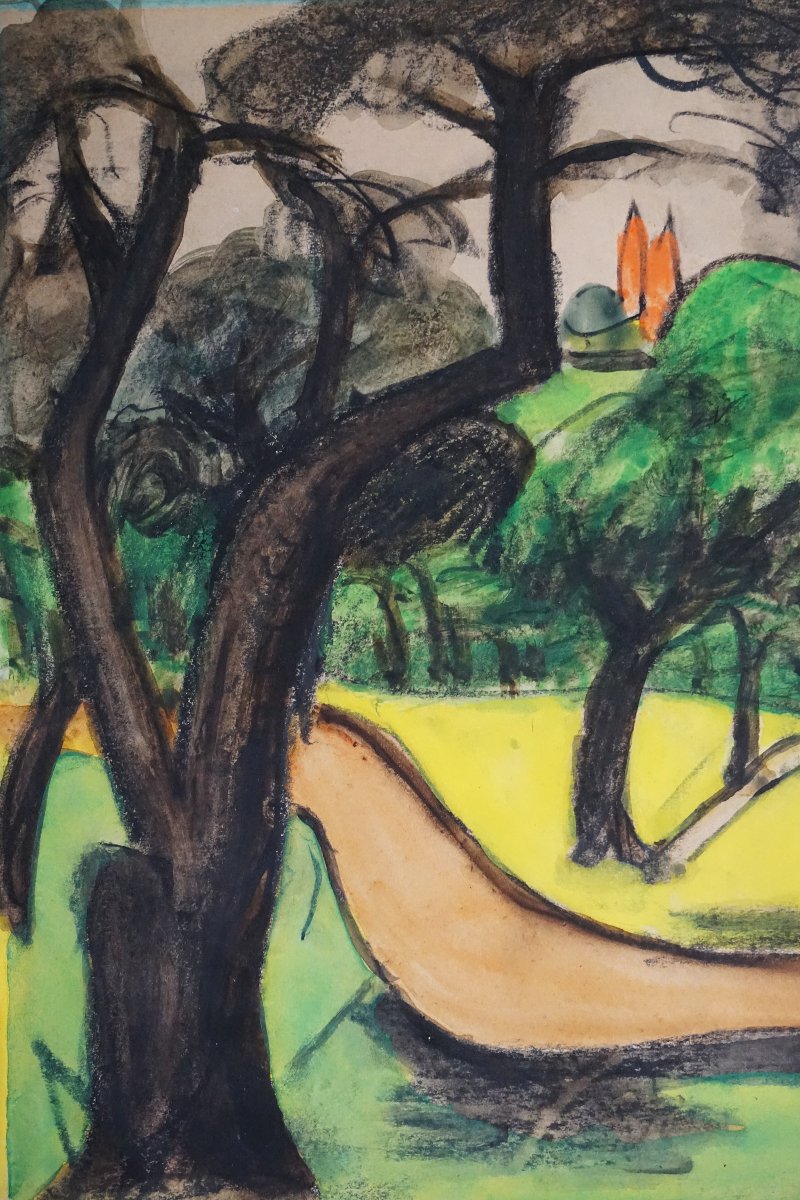
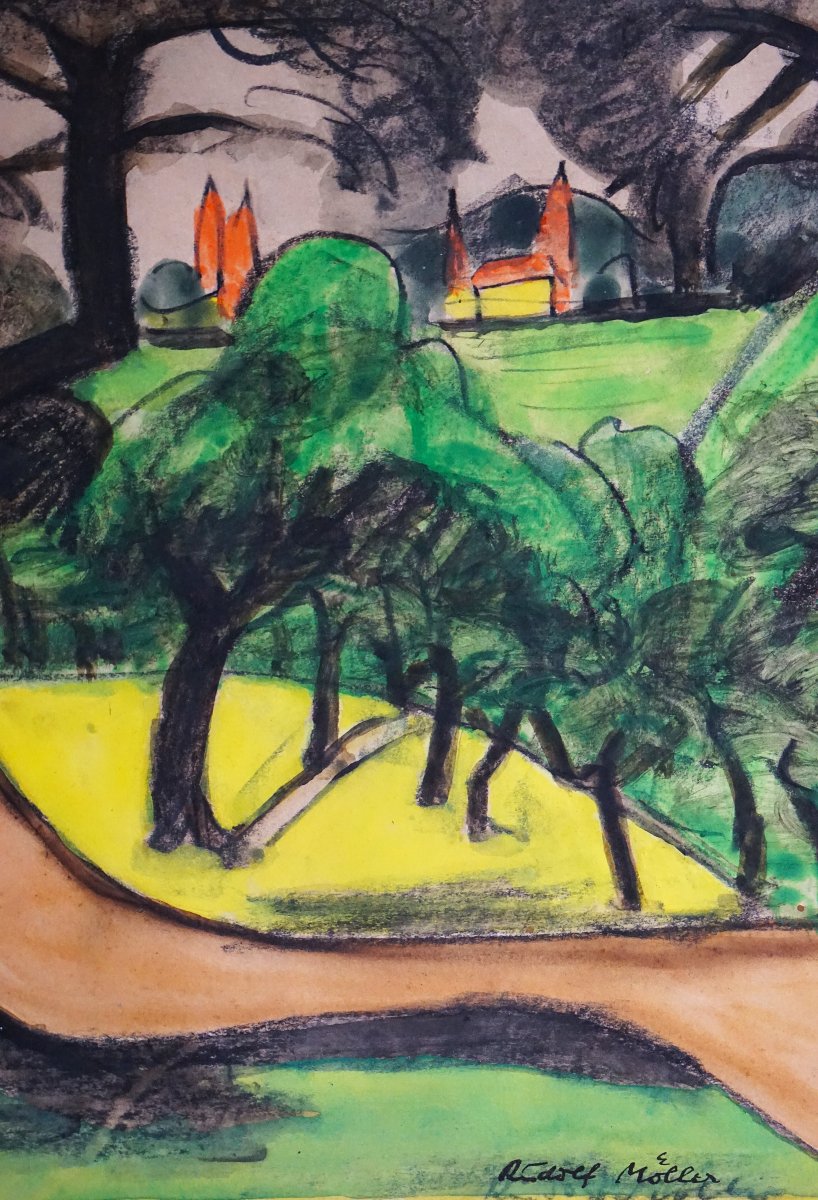







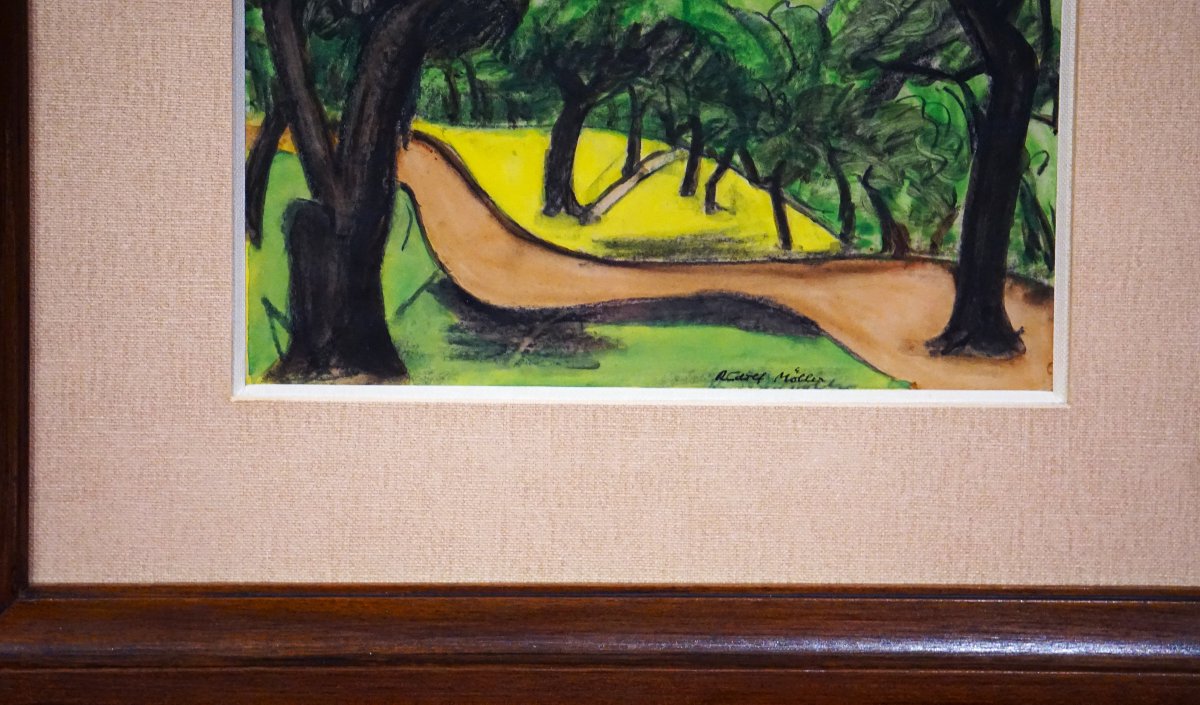
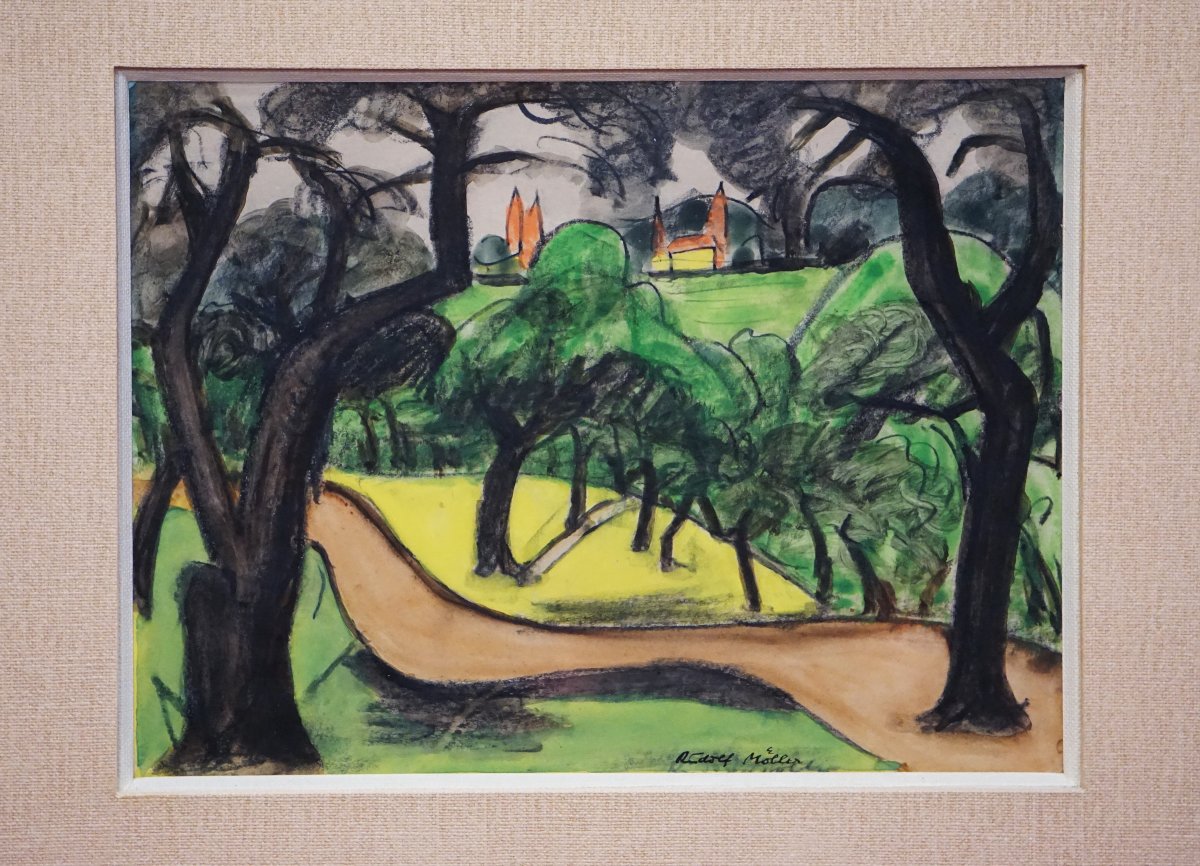














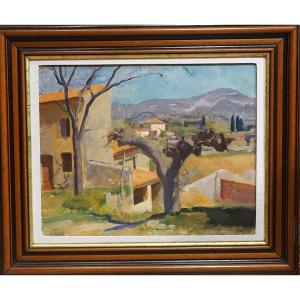

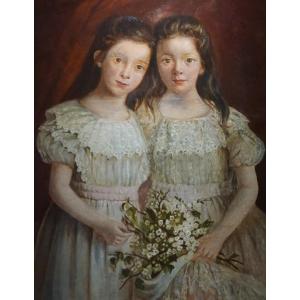

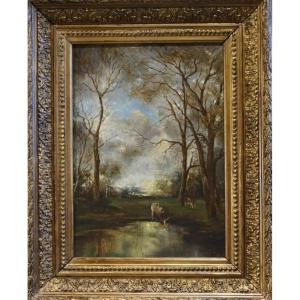
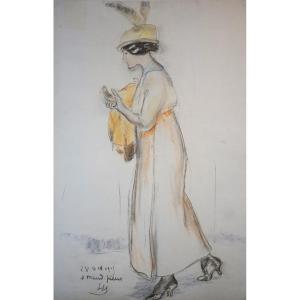
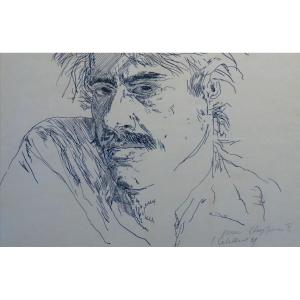






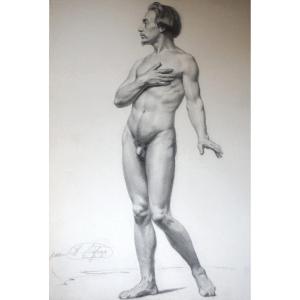








 Le Magazine de PROANTIC
Le Magazine de PROANTIC TRÉSORS Magazine
TRÉSORS Magazine Rivista Artiquariato
Rivista Artiquariato